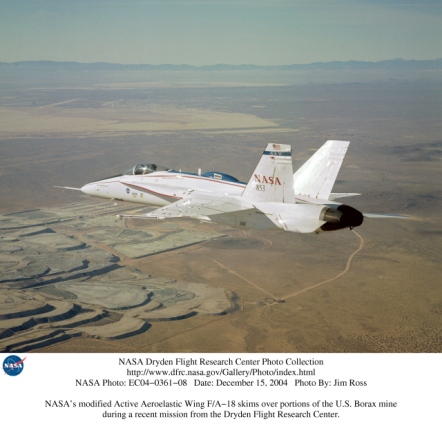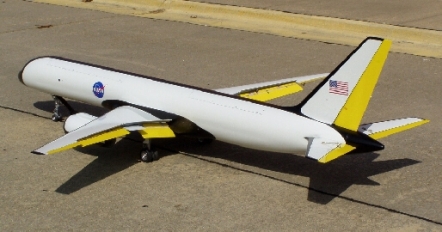NASA is asking for help from the aviation community to determine how best to move forward in developing technologies to prevent loss-of-control accidents for a wide range of aircraft.
The work, which will likely use the agency’s specially modified F/A-18 research aircraft as well as miniature turbine-powered subscale transport aircraft radio-controlled models, is part of NASA's integrated resilient aircraft control project, a long-term research effort to advance the state of the art in onboard aircraft control systems.

In particular, NASA is interested in getting industry input on the potential for introducing adaptive control schemes on production civilian aircraft. Adaptive controls typically involve digital architectures that morph in real-time to suit the aircraft’s conditions, whether the “condition” is an unusual flight attitude, structural damage or other anomaly. The goal of the program, says NASA, is to create control systems that can “maintain stable flight in degraded or upset conditions, and sustain safe flight through landing.”
Along with the highly automated F/A-18 and the AirSTAR subscale models, 5.5% scale radio-controlled models similar in layout and control surface actuators to a Boeing 757, the agency will also use of the F/A-18 six degree-of-freedom piloted simulation for developing and testing the adaptive controls before manned or subscale flight tests.
Pictured below is an early version of a NASA AirSTAR radio control model, designed in part to capture data in post-stall attitude regimes where only wind tunnel data has existed in the past.

Source: FlightGlobal.com























